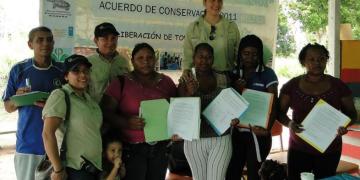Restauración y reforestación de manglares basado en la evidencia
Atrayendo tierras privadas y comunitarias a un manejo sostenible
Infraestructura para combinar la ganadería con el mantenimiento de los flujos hídricos
Promoción de la diversificación y de la seguridad alimentaria
